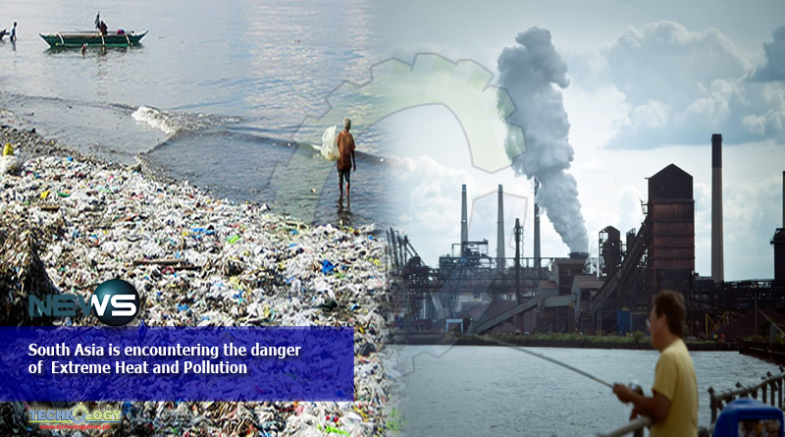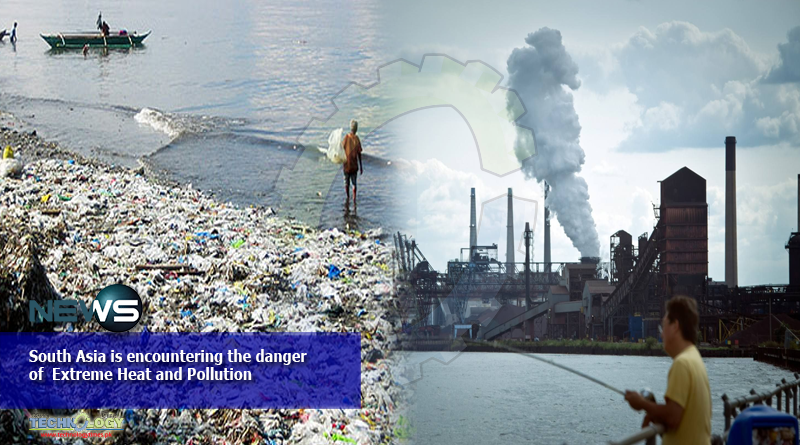Scientists threatened that extreme heat and pollution have a negative impact on the human body causing distress in the respiratory and cardiovascular systems and extreme air pollution can also have serious effects.

South Asia is a hot-spot for future climate change impacts and facing threats of extreme heat and pollution, Yangyang Xu, an assistant professor in the Department of Atmospheric Sciences in the College of Geosciences at Texas A&M explained.
Extreme heat occurrences worldwide have increased in recent decades, and at the same time, many cities are facing severe air pollution problems, featuring episodes of high particulate matter (PM) pollution. This study provides an integrated assessment of human exposure to rare days of both extreme heat and high PM levels.
Their assessment projects that occurrences of heat extremes will increase in frequency by 75% by 2050, that is an increase from 45 days a year to 78 days in a year. More concerning is the rare joint events of both extreme heat and extreme PM will increase in frequency by 175% by 2050.
Climate change is not just a global average number, it is something you can feel in your neighborhood and that’s why regional-scale climate studies are important.
The study’s regional focus was South Asia: Afghanistan, Bangladesh, Bhutan, India, Myanmar, Nepal and Pakistan. The scientists used a high-resolution, decadal-long model simulation, using a state-of-the-science regional chemistry-climate model.
Xu lead the first of its kind research project, and scientists from the National Center for Atmospheric Research (NCAR) in Boulder, Colorado, led the development of the fully coupled chemistry-climate model and performed model simulations for the present-day and future conditions.
The study was also co-authored by Mary Barth and Gerald A. Meehl, both senior scientists at NCAR, with most of the analysis done by Texas A&M atmospheric sciences graduate student Xiaokang Wu.
As climate change impacts continue to become reality, it is important for scientists to consider the human impacts of multiple extreme conditions happening simultaneously. Projected increases in humidity and temperature are expected to cause extreme heat stress for the people of South Asia, where the population is projected to increase from 1.5 billion people to 2 billion by 2050.
It is important to extend this analysis on the co-variability of heat and pollution extremes in other regions of the world, such as the industrial regions of the U.S., Europe, and East Asia.
The analysis also showed that the fraction of land exposed to prolonged dual-extreme days increases by more than tenfold in 2050.
This study raises a lot of important concerns, and much more research is needed over other parts of the world on these compounded extremes, the risks they pose, and their potential human health effects.
NCAR is sponsored by the National Science Foundation and managed by the University Corporation for Atmospheric Research.
